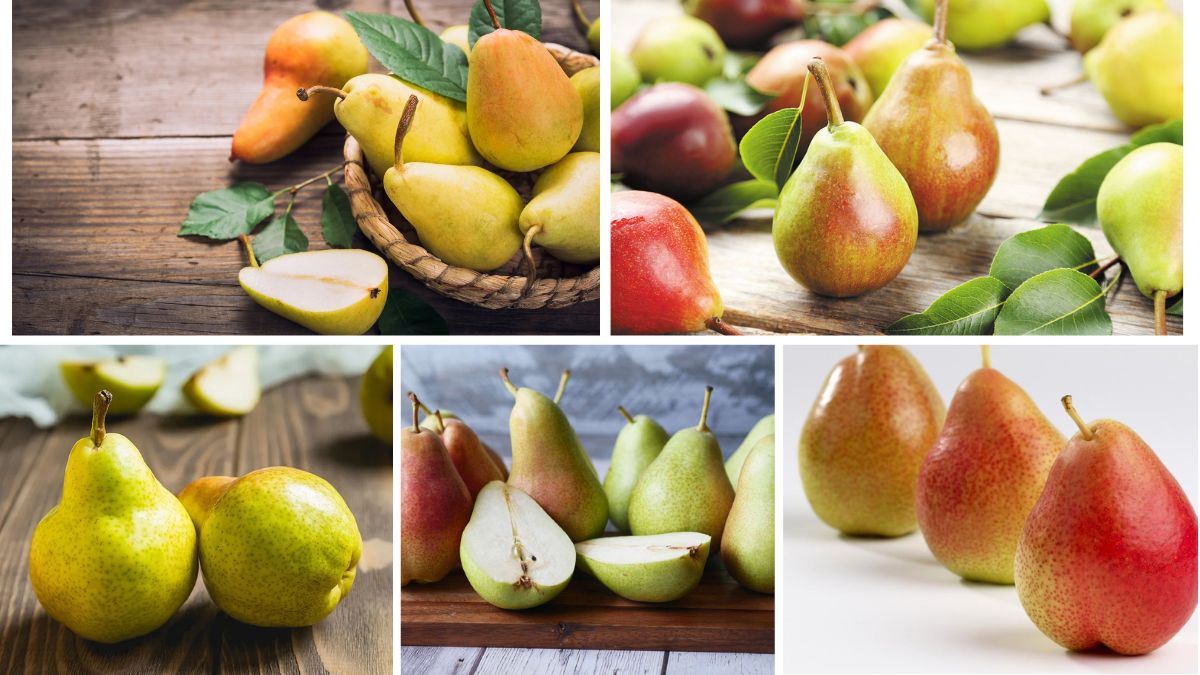Pears, with their sweet, juicy flesh and delicate aroma, have been enjoyed by humans for thousands of years. They are not only a delicious fruit but also a powerhouse of nutrition, offering dietary fiber, vitamins, and antioxidants. From fresh consumption to canned goods, pear-based desserts, and juice, the fruit is a staple in diets around the world. But which country is the undisputed champion when it comes to pear production? Let’s take a deep dive into global pear cultivation, production statistics, and the leading nation in this industry.
Global Overview of Pear Production
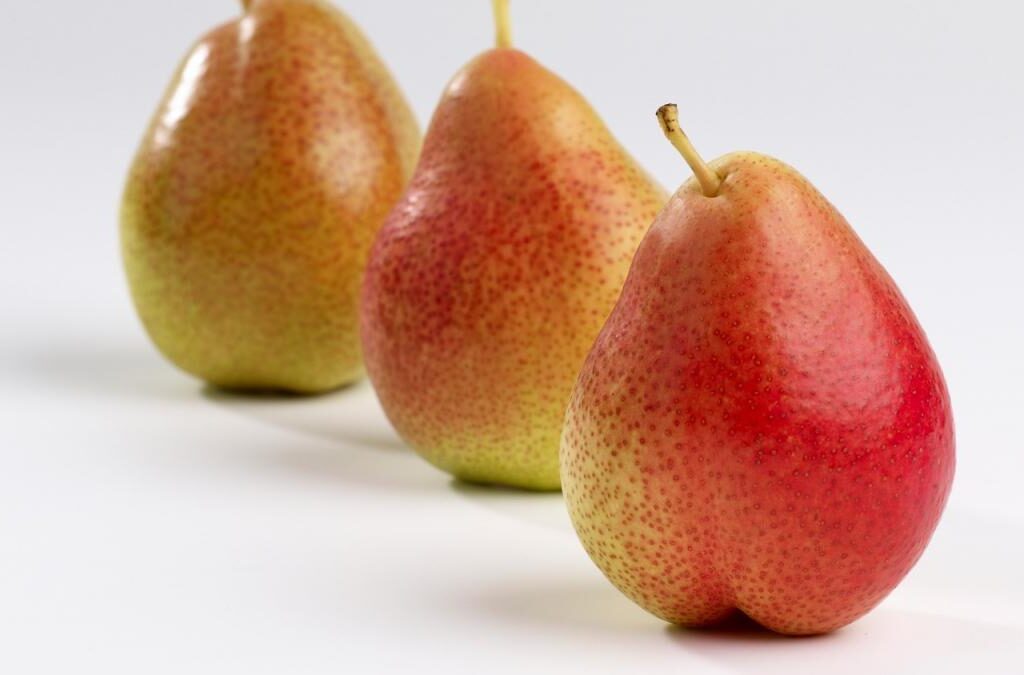
Pears are grown in both temperate and subtropical climates, thriving in regions with cool winters and mild summers. The fruit belongs to the genus Pyrus and has hundreds of varieties, each with its own flavor profile, texture, and ideal use. Globally, millions of tonnes of pears are produced each year, with Asia being the dominant region due to its favorable climate and large agricultural land.
While pear cultivation is common in Europe, the Americas, and parts of Africa, the largest share of global production comes from a single country that has outpaced all others by a massive margin.
The Largest Pear Producer in the World – China
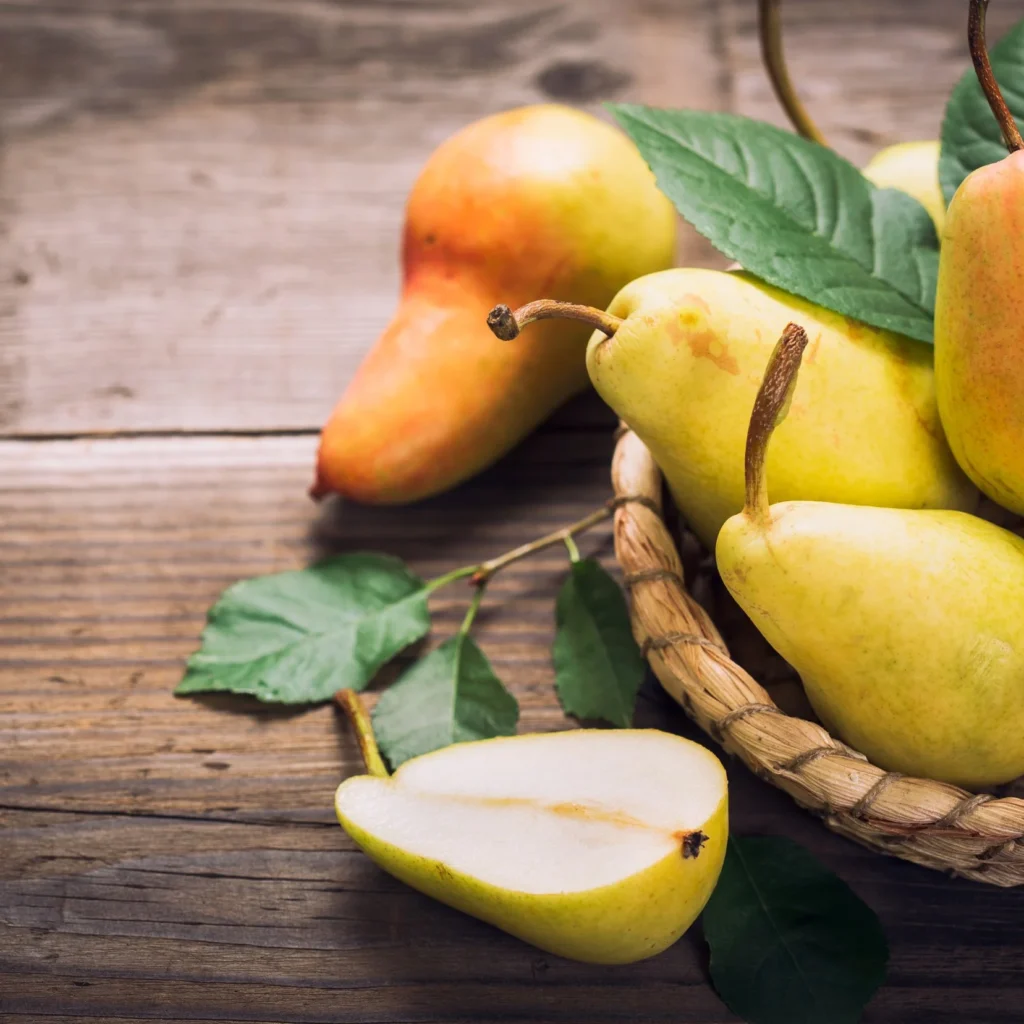
When it comes to pear production, China is far ahead of every other nation. According to the Food and Agriculture Organization (FAO) statistics, China produces more than 65% of the world’s total pears annually. In recent years, China’s pear production has exceeded 16–17 million metric tonnes, making it the undisputed leader in the industry.
The reasons behind China’s dominance in pear farming include:
- Ideal Climate Conditions – Many Chinese provinces, such as Hebei, Shandong, Shanxi, and Henan, have climates perfectly suited for pear cultivation, with cold winters for dormancy and warm growing seasons.
- Vast Agricultural Land – China dedicates large areas of farmland to pear orchards, enabling mass production.
- Variety Diversity – The country grows a wide range of pear types, from the famous crisp Asian pears (Pyrus pyrifolia) to European varieties.
- Advanced Farming Techniques – Farmers employ modern irrigation, grafting, and pest control methods to ensure high yields and quality fruit.
- Domestic & Export Demand – Pears are highly consumed within China, but the country also exports millions of tonnes to other parts of Asia, Europe, and North America.
Other Major Pear-Producing Countries
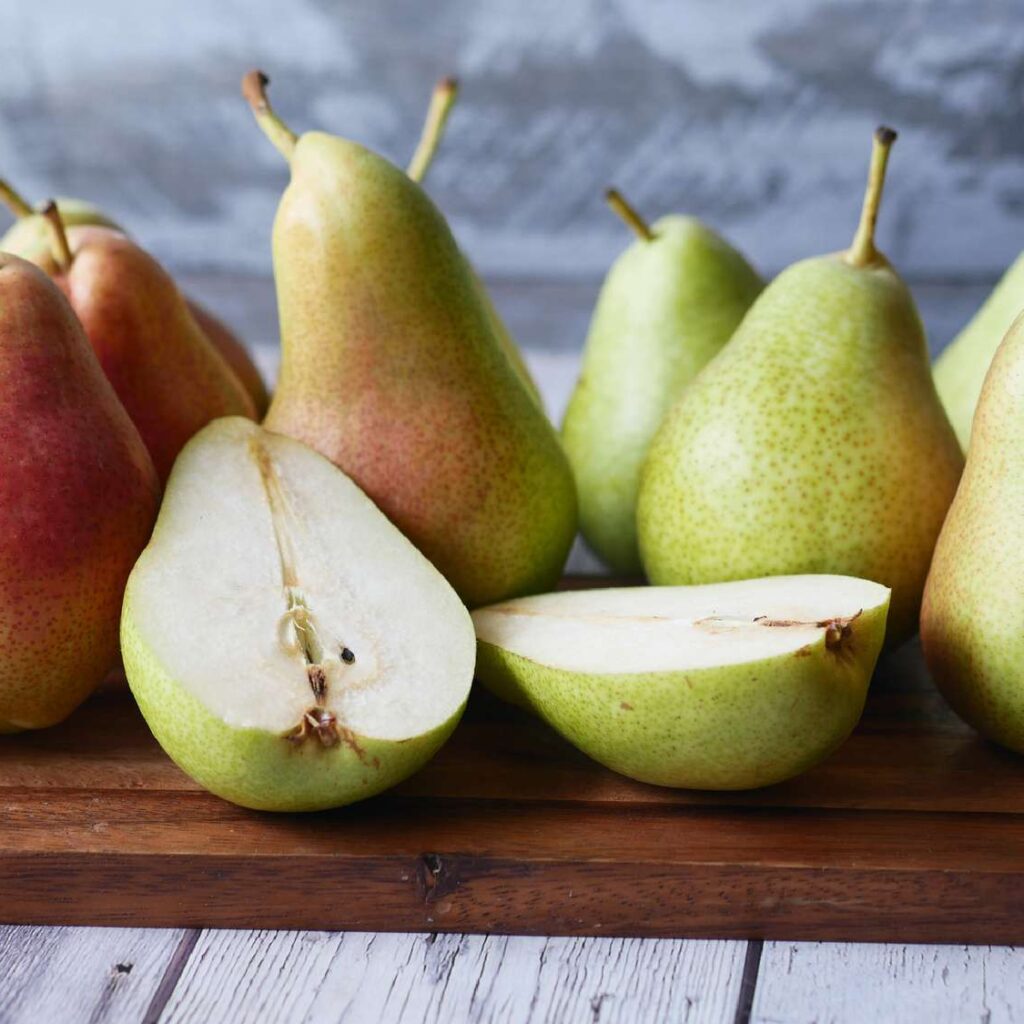
Although China leads by a large margin, several other nations have significant pear production.
1. Argentina
- Annual Production: Over 500,000 tonnes
- Argentina is the largest pear producer in South America, with the Río Negro Valley serving as the heart of production. The country exports a large portion of its harvest, particularly to Brazil and Europe.
2. United States
- Annual Production: 600,000–700,000 tonnes
- The U.S. is a major player, especially in the Pacific Northwest, with Washington, Oregon, and California leading pear cultivation. Varieties like Bartlett, Anjou, and Bosc are particularly popular.
3. Italy
- Annual Production: Around 700,000 tonnes
- Italy is the top pear producer in Europe, with Emilia-Romagna and Veneto being the main growing areas. The country is famous for varieties like Abate Fetel and Conference pears.
4. Turkey
- Annual Production: 400,000–500,000 tonnes
- Turkey produces many traditional pear varieties and consumes most of them domestically, though it also exports to neighboring countries.
5. Spain
- Annual Production: About 400,000 tonnes
- Spain is known for its “Pera de Lleida” variety, which enjoys Protected Designation of Origin (PDO) status in the EU.
Why China Outpaces Everyone Else

China’s lead in pear production is not just due to its size; it’s the result of a combination of factors:
- Generational Farming Knowledge – Pear farming in China has a long history, with centuries of expertise passed down through generations.
- Government Support – Agricultural policies encourage fruit farming, including subsidies for orchard maintenance and irrigation infrastructure.
- Export-Oriented Strategy – China’s pears are a staple in global fruit markets, particularly in Southeast Asia, the Middle East, and Europe.
- Varietal Innovation – Chinese agricultural institutes constantly develop new pear hybrids that are disease-resistant, more flavorful, and better for transport.
Economic Importance of Pear Production in China
Pear farming contributes significantly to rural economies in China. For many farming families, pears are a major source of annual income. The export market also boosts China’s agricultural trade balance. In addition, pear processing industries — which make canned pears, pear juice, and dried pear snacks — add value to the raw produce, creating jobs and increasing profitability.
Nutritional & Health Benefits of Pears
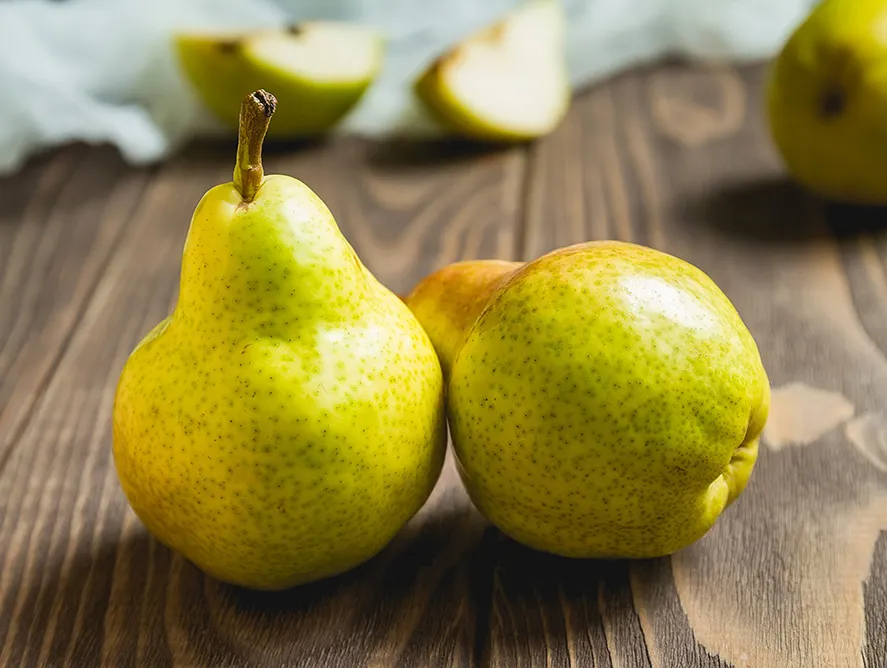
Part of the reason pears are so popular worldwide is their health profile:
- Rich in Fiber – Helps with digestion and maintains gut health.
- Vitamin C – Supports immune function and skin health.
- Antioxidants – May reduce the risk of chronic diseases.
- Low-Calorie – Ideal for weight-conscious diets.
The demand for pears continues to grow, both as a fresh fruit and as an ingredient in healthy recipes, juices, and baby food.
Future Outlook for Global Pear Production
The global pear industry is expected to grow steadily in the coming years. Factors influencing this trend include:
- Increasing Health Awareness – More consumers are choosing fruits like pears over processed snacks.
- Export Market Expansion – Countries like China, Argentina, and the U.S. are exploring new markets in Africa and Southeast Asia.
- Climate Adaptation – Farmers are adopting climate-resilient varieties to withstand unpredictable weather patterns.
- Technological Integration – Use of drones, precision irrigation, and AI-based crop monitoring will likely boost yields and quality.
Conclusion
When it comes to pear production, China reigns supreme, producing more pears annually than all other major producers combined. The country’s favorable climate, vast farmlands, agricultural expertise, and strong export strategy have secured its top position.
While Argentina, the U.S., Italy, Turkey, and Spain are important contributors to the global pear market, none come close to matching China’s sheer scale. As global demand for healthy, flavorful, and versatile fruits grows, China’s role as the world’s leading pear producer is expected to remain unchallenged for the foreseeable future.
In the world of pears, the crown belongs to China — and it’s not slipping anytime soon.
